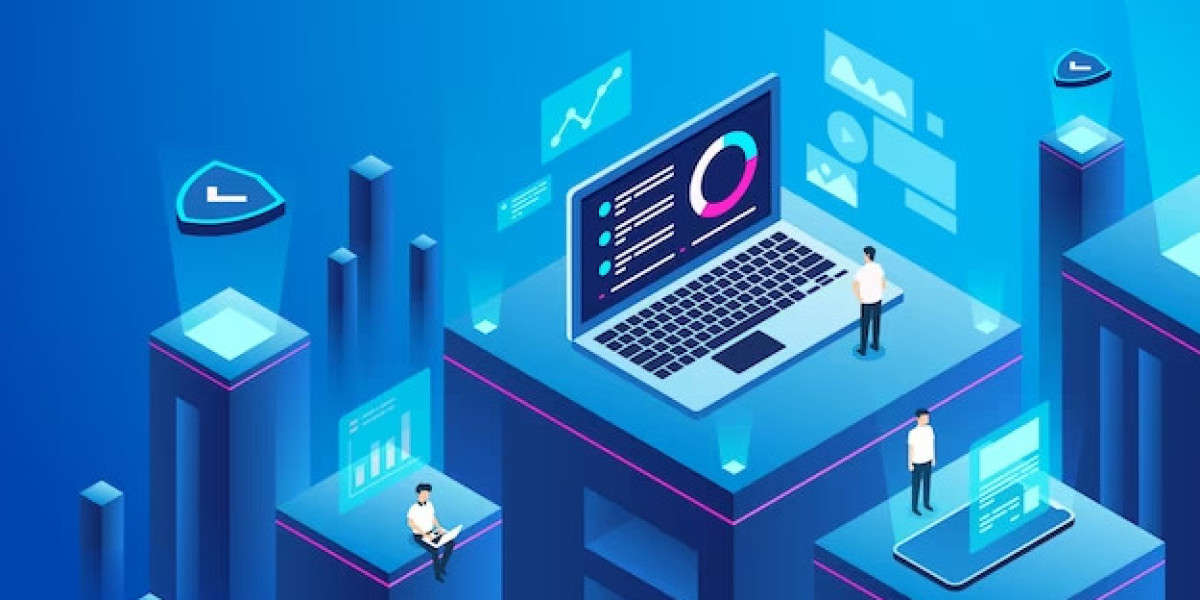Technology promises a vibrant future of interconnectedness, knowledge, and opportunity. However, this promise remains unfulfilled for many, locked behind the bars of an ever-widening digital divide. Access to and meaningful use of technology is not uniform, and the consequences of this inequity ripple across economic, social, and educational spheres. To truly unlock the transformative potential of technology, we must prioritize and pursue equitable technology through policy.
Understanding the Divide:
The digital divide encompasses several interrelated issues:
- Access: Physical and financial barriers limit internet connectivity and ownership of devices, disproportionately impacting rural communities, low-income families, and marginalized groups.
- Awareness and skills: Lack of digital literacy and training inhibits effective technology use, leaving individuals ill-equipped to navigate the online world.
- Representation and inclusion: Algorithmic bias and discriminatory design choices can perpetuate existing inequalities, further silencing and disadvantaging certain groups.
These issues intertwine, creating a vicious cycle of exclusion and disadvantage. Without access, skills, and equitable representation, individuals remain on the fringes of the digital landscape, unable to reap its benefits.
Policy as a Bridge:
Addressing these challenges requires a multi-pronged approach rooted in robust and well-coordinated policy. Here are some key areas for intervention:
1. Universal Access:
- Investing in broadband infrastructure: Expanding reliable and affordable internet access to underserved communities is crucial. The US Infrastructure Investment and Jobs Act of 2021 offers a promising blueprint for such investments.
- Subsidizing devices and connectivity: Programs like the FCC's Affordable Connectivity Program in the US can make basic equipment and internet plans more accessible to low-income households.
2. Digital Literacy and Inclusion:
- Education and training initiatives: Integrating digital literacy into school curriculums and adult education programs equips individuals with the skills to navigate the online world with confidence. Estonia's comprehensive e-skills strategy serves as a successful model for integrating digital skills development into national education systems.
- Multilingual and culturally relevant resources: Ensuring online content and interfaces are available in multiple languages and reflect diverse cultural backgrounds fosters greater inclusivity and accessibility.
3. Algorithmic Fairness and Accountability:
- Anti-discrimination laws and regulations: Prohibiting the use of discriminatory algorithms in areas like employment, housing, and loan applications can prevent the digital realm from amplifying existing societal inequalities. The EU's General Data Protection Regulation (GDPR) offers a framework for data privacy and algorithmic accountability.
- Transparency and explainability: Demystifying algorithms and making them explainable to end users is crucial for building trust and identifying potential biases.
Case Studies:
- Rwanda's One Laptop per Child program: Equipping every child with a laptop and digital learning resources significantly boosted educational attainment and digital literacy, particularly in rural areas.
- India's Digital India initiative: This ambitious program aims to bridge the digital divide through infrastructure development, e-governance initiatives, and digital literacy programs.
Challenges and Roadblocks:
Policy implementation faces challenges. Cost constraints, competing priorities, and political pressures can impede progress. Additionally, technological advancements can outpace regulatory frameworks, necessitating a dynamic and adaptable approach.
Moving Forward
Building equitable technology is not a sprint, but a marathon. It requires sustained commitment, collaboration between governments, policymakers, technologists, civil society, and communities. By actively pursuing accessible, inclusive, and fair technology through policy, we can bridge the digital divide and unlock the true potential of technology for all.
This article offers a glimpse into the complex landscape of equitable technology and the role of policy in shaping a more inclusive digital future. By understanding the challenges, embracing innovative solutions, and fostering ongoing dialogue, we can navigate the path towards a more equitable and connected world, where technology empowers rather than excludes.
Remember, building equitable technology requires a collective effort. Let's join hands and create a digital world where no one is left behind.








